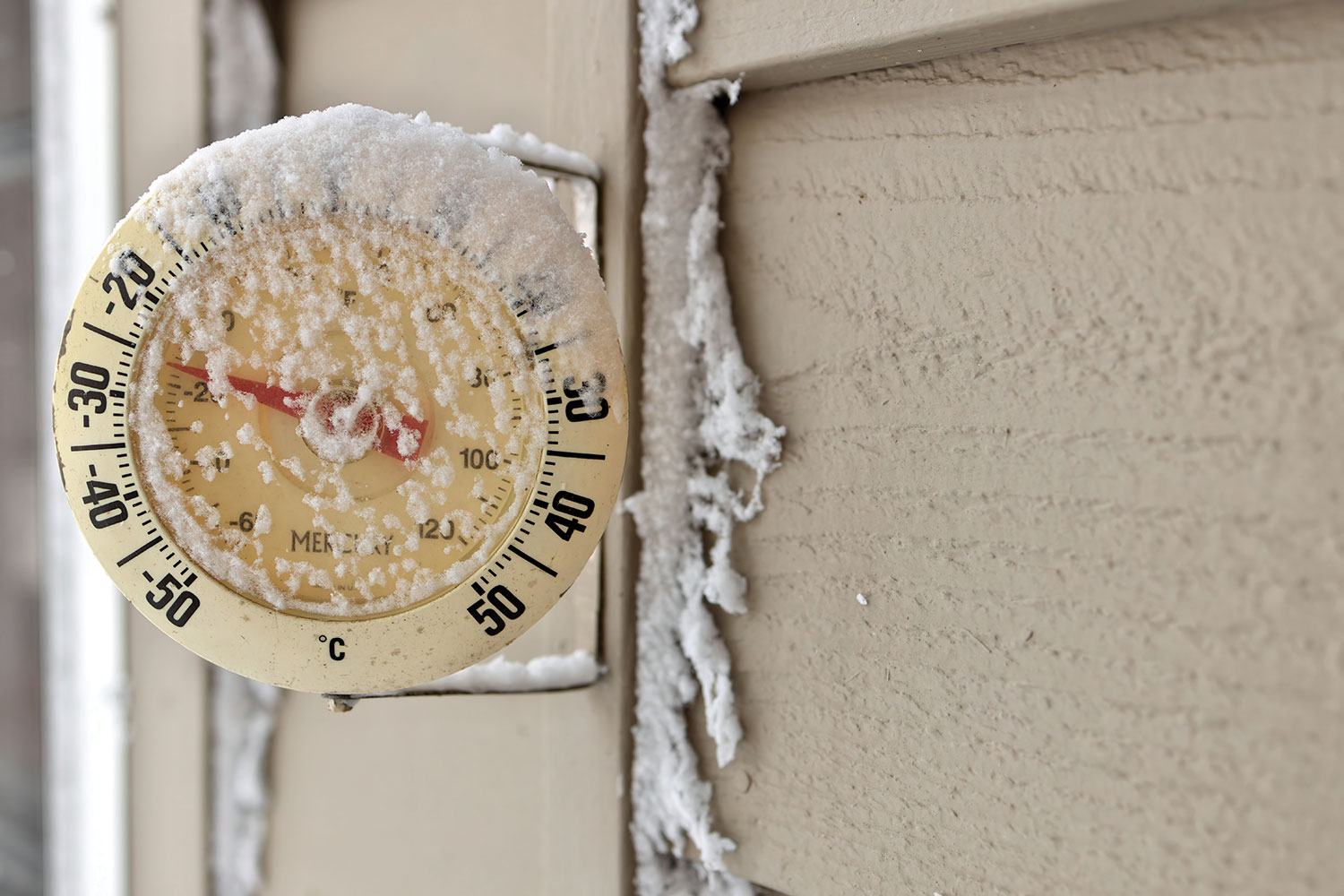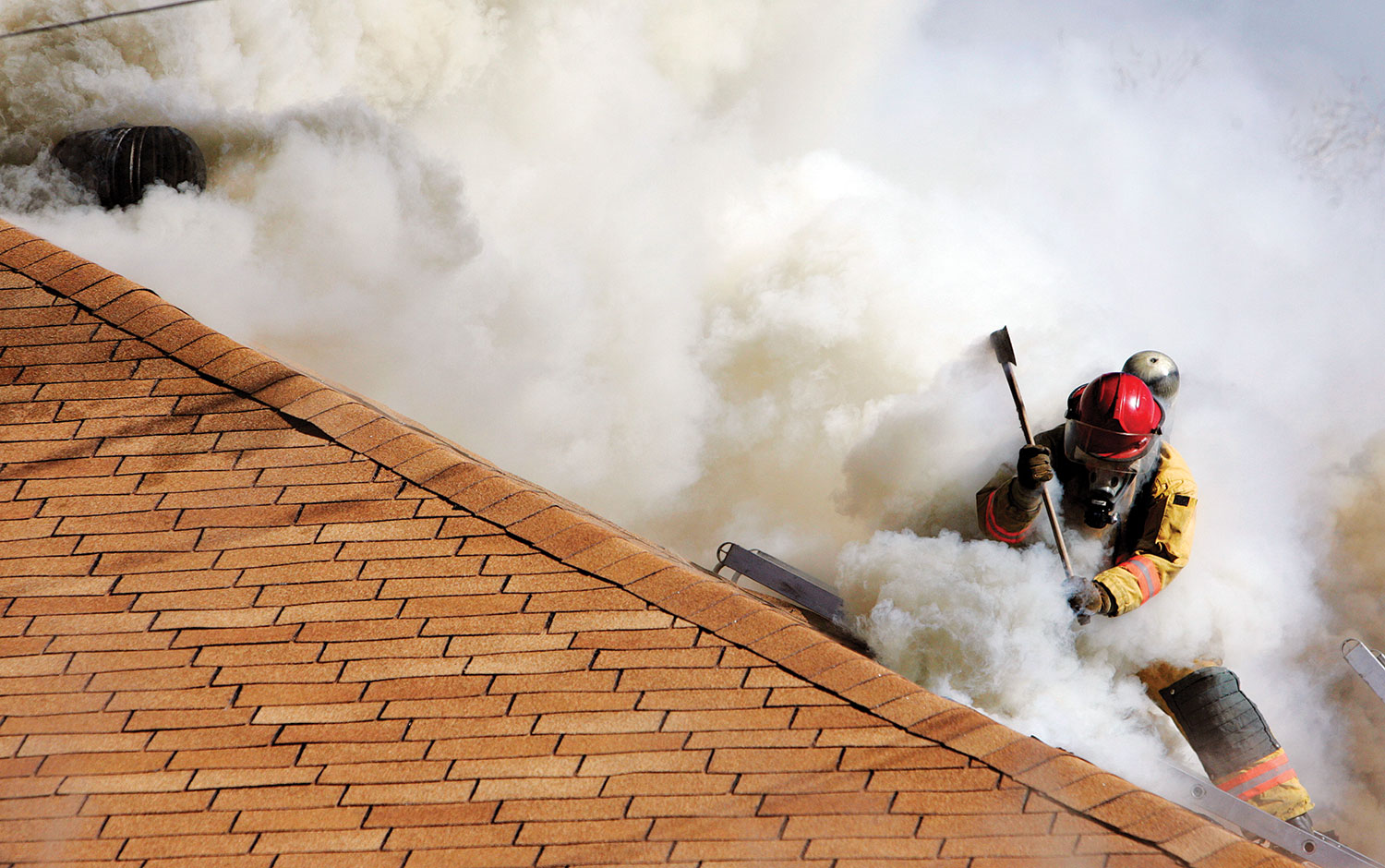As temperatures outside continue to plummet, many seek refuge within the warm and cozy confines of their home. It is hard to argue that there is anything better in life than a lazy day on the couch, in front of a roaring fire, sipping on hot chocolate, and cuddling up with a furry friend. Although you never want the moment to end, the snow that keeps falling eventually leads you to your winter coat, hat, scarf, gloves, and galoshes, then finally out to shovel the snow that has amassed on the driveway and front walk. Just as seasons change, homeowners’ responsibilities change with the seasons as well. While shoveling the driveway and walk is a significant part of maintaining a home throughout the winter months, there are many other areas of the home that need tending to when the cold weather sets in.
Being an electrician, when I think about home responsibility and safety during the wintertime, my natural tendency is to look at it from an electrical perspective. As spring turns to summer, garden rototillers are replaced by lawnmowers. When summer turns to fall, lawnmowers are replaced with yard rakes. In that same accord, when fall turns to winter, there are items being utilized at home that aren’t often utilized throughout the other seasons. In keeping your home safe when it comes to electricity, it is important to look at and evaluate how we are using those things through the winter months, both outside and inside the home.
Outside the Home
Winter just wouldn’t be winter without holiday lighting. While the lighting at the Griswold home may spin the electrical meter a little faster than most other homes, all holiday lighting installations are capable of posing electrical safety risks at any home.
Ensuring that the holiday lighting is listed and, where installed outdoors, is rated for the application is a great start. But often, the outdoor holiday lighting masterpieces that these Wizards of Winter create are also inclusive of extension cords and relocatable power taps (more commonly known as “power strips”) as well. As was the case with holiday lights, extension cords and relocatable power taps should also be listed and rated for the environment in which they are installed. Improper use of any or all of these components within holiday lighting not only has the ability to pose an electrical safety risk to the home but a fire safety risk as well. NFPA 1 Fire Code, has code requirements, which are also relevant when it comes to electrical installations that apply to both extension cords and relocatable power taps. Some of those NFPA 1 requirements being:
- Extension cords shall be plugged directly into an approved receptacle, power tap, or multiplug adapter and shall, except for approved multiplug extension cords, serve only one portable appliance. [1:11.1.5.1]
- Extension cords shall be maintained in good condition without splices, deterioration, or damage. [1:11.1.5.3]
- Extension cords and flexible cords shall not be affixed to structures; extend through walls, ceilings, or floors, or under doors or floor coverings; or be subject to environmental or physical damage [1:11.1.5.5]
- Relocatable power taps shall be listed to UL 1363, Relocatable Power Taps, or UL 1363A, Outline of Investigation for Special Purpose Relocatable Power Taps, where applicable. [1:11.1.4.1]
- The relocatable power taps shall be directly connected to a permanently installed receptacle. [1:11.1.4.2]
- Relocatable power tap cords shall not extend through walls, ceilings, or floors; under doors or floor coverings; or be subject to environmental or physical damage. [1:11.1.4.3]
When looking at these requirements from the way a typical holiday lighting installation may be performed by the uninformed (HA! I should trademark that!), there are several things that stand out. Extension cords are not permitted to be plugged into other extension cords, rather they should only be plugged into an approved receptacle, power tap, or multiplug adapter.
Because extension cords must be in good condition and free from damage, that rules out the extension cord that got caught up in the hedge trimmers during the summer and now has the damaged area wrapped in electrical tape. Relocatable power taps cannot be “daisy chained” by plugging into other relocatable power taps; they can only be plugged directly into a permanently installed receptacle. Both extension cords and relocatable power taps are not permitted to be installed where subject to environmental or physical damage. Oh yeah, almost missed one…extension cords are not permitted to be affixed to structures. Put away that staple gun, Clark!
One area where both NFPA 1 and the National Electrical Code® (NEC®) align in their requirements is around the timeframe that holiday lighting can be installed. NEC section 590.3(B), which is directly referenced in NFPA 1 section 11.1.6.3.2, states that holiday lighting cannot be installed for more than 90 days. So, for individuals who get really excited about the holidays and install their holiday lights in early October, that means they will need to be taken down close to the first of the year to meet the 90-day requirement. Also, from an NEC perspective, it is critical to ensure that all of your exterior holiday lighting is plugged into a GFCI receptacle that has been tested to be functional and working properly.
Inside the Home
When the temperature in the house falls, the heat comes on. While likely the most common, gas-forced air furnaces are not the only way in which a home is heated. Boilers, heat pumps, and electricity are also utilized to heat homes. From an electrical perspective, electric furnaces, baseboard heat, plug-in space heaters, and electric fireplaces may also be utilized. With electrical equipment that is utilized to produce heat, it is important to understand that it puts a tremendous load on the electrical system. Circuits that operated normally throughout other parts of the year can now become overloaded when heating items, like portable space heaters, are plugged in during the winter months. If I only had a dollar for every service call I went on during the winter months to troubleshoot a tripping circuit due to an electric space heater; I would be retired, living in Maui, and not have anything to do with Old Man Winter.
When it comes to portable space heaters, it is also important to note that while it is heating your space, you need to maintain space between the heater and any combustible materials. In a home heating fires report published by NFPA in January 2021, fixed and portable space heaters were responsible for 81 percent of civilian deaths. That number is overwhelming, considering the next closest equipment responsible for civilian deaths were fireplaces and chimneys at nine percent.
Because of the changes in the way homes are used during the winter months, electrical safety must be evaluated based on the change in use. Since your Dad taught you everything you need to know about exterior illumination, the little lights that sit in the attic nine months out of the year are now twinkling bright and lighting up the neighborhood. Portable electric space heaters that sit in the closet on a shelf most of the year are now being used to take the chill away in the basement home office.
Without question, home use changes with the seasons, requiring the evaluation of electrical safety in the home to change as well. Take the time to evaluate what will make your home safer through each season. Knowledge is not only power, but knowledge is safety. Be sure to share that knowledge with others as well. Speaking of, now that you know, be sure to tell your Cousin Eddie – 90 days!
Important Notice: Any opinion expressed in this column is the personal opinion of the author and does not necessarily represent the official position of NFPA or its Technical Committees. In addition, this piece is neither intended, nor should it be relied upon, to provide professional consultation or services.














Find Us on Socials